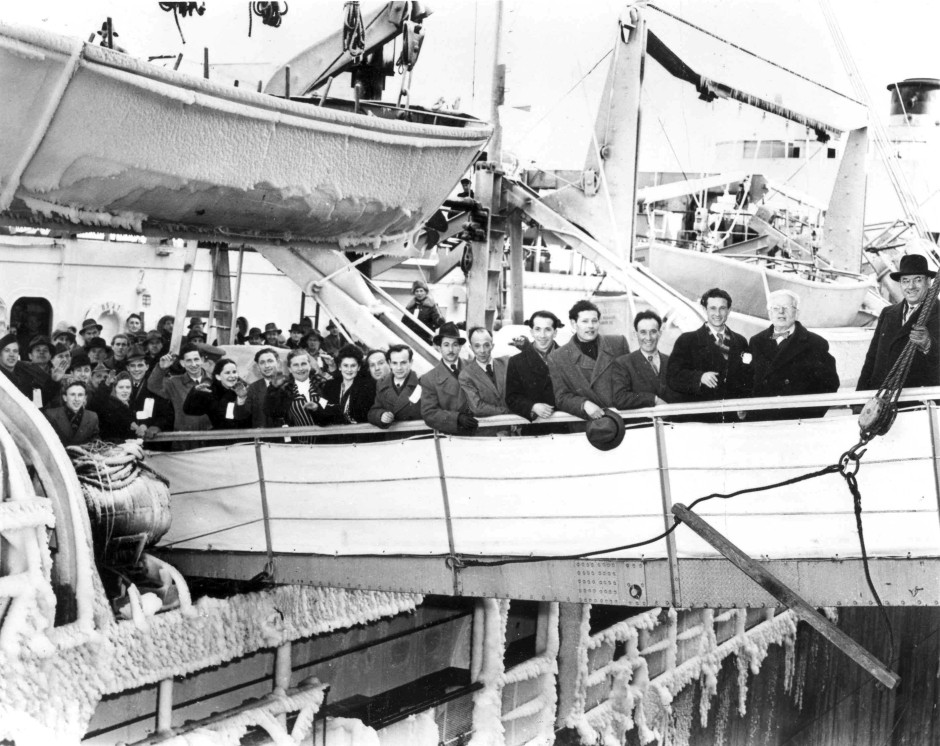From 1947 to 1957, approximately 35,000 Holocaust survivors immigrated to Canada, bringing with them a fierce desire to begin their lives anew.
Among the arrivals were my parents, David and Genya, who landed in Canada in February of 1948. Fresh from a displaced persons camp in southern Germany, they arrived in Halifax by ship from Hamburg and then boarded a train bound for Montreal, where 16,000 of the survivors would eventually settle.
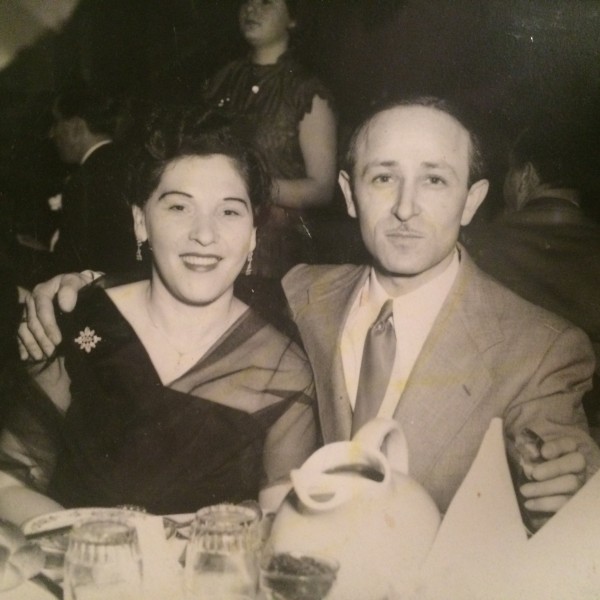
Like many of the newcomers, or greeners, David and Genya were Polish Jews who had survived the terrors of a Nazi ghetto and a German extermination camp. They were thankful and grateful that Canada had let them in, but if they had applied for asylum in Canada only a few years earlier, they would have been turned back.
Lest we forget, Canada more or less closed its gates to Jewish refugees from 1933 to 1947, with only 5,000 having managed to squeak in. As Adara Goldberg points out in Holocaust Survivors in Canada, a first-class book published by the University of Manitoba Press, the European Jews who entered Canada during this dark 14-year period did so either surreptitiously, disguising themselves as socially acceptable Christian farmers, or through temporary war measure acts.
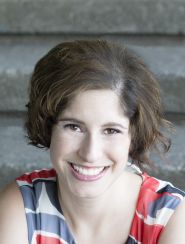
Although Canada had admitted tens of thousands of Jewish immigrants prior to World War I, Canadian immigration policy turned racist in the 1920s, with northern Europeans being given preference over Slavs, southern Europeans and Jews.
In the spring of 1939, the German passenger liner the St. Louis set sail from Hamburg with 937 German-Jewish refugees on board. Carrying valid Cuban visas, they expected to be admitted to Cuba, but in Havana, they were denied entry. Marooned on the vessel, they applied for entry to the United States, but were rejected.
Jewish and and non-Jewish community leaders in Canada urged Canadian Prime Minister Mackenzie King to show “true Christian charity” and offer the stranded refugees sanctuary. King passed the file to two of his most trusted advisors, Frederick Charles Blair, the director of the immigration department, and Ernest Lapointe, the justice minister.
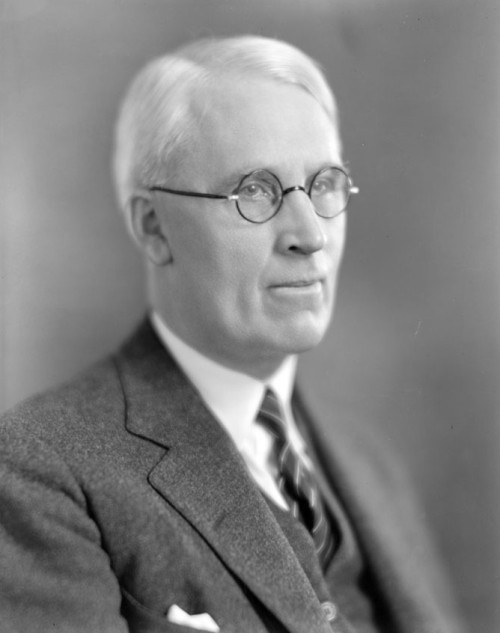
Blair was an antisemite, regarding Jews as unworthy and unassimilable. Lapointe shared his prejudices, informing King that the Quebec caucus in parliament “emphatically opposed” any liberalization of Canada’s restrictive immigration policy.
As Goldberg suggests, Canada was a nation rife with open antisemitism before the outbreak of World War II.
Lionel Groulx, a Roman Catholic priest who was considered one of the fathers of French Canadian nationalism, was a dyed-in-the-wool antisemite. Adrien Arcand, the leader of the National Unity Party of Canada, railed against Jews. William Aberhard, the Social Credit Party’s first leader, was obsessed by the so-called international Jewish conspiracy.
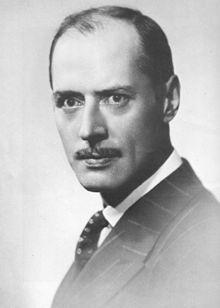
On the grassroots level, Canadian Jews faced widespread discrimination in employment, housing and university admission.
Canada’s immigration policy in most respects remained xenophobic for two years after the war. But in May 1946, the Canadian government liberalized it, broadly permitting two classes of survivors into the country.
The first group consisted of contracted labourers recruited by the garment industry, which was short of skilled manpower. My father, a master tailor, fell into this category. The Canadian Jewish Congress, the needle trades and labour unions had worked out this arrangement. In the second group were the close relatives of Canadian citizens.
Aside from these survivors, 1,123 Jewish war orphans, ranging in age from 11 to 18, were also allowed into Canada. The first transport of 20 docked in Halifax’s Pier 21 in September 1947. They had survived in hiding in Nazi-occupied areas, or in the Soviet Union.

According to Goldberg — the education director of the Vancouver Holocaust Education Centre — 1,866 survivors entered Canada in 1947, followed by 9,386 in 1948, of whom 3,332 arrived under the tailors and furriers programs.
Beyond greeting the new arrivals and providing them with second-hand clothing, the Canadian Jewish community largely left them to fend for themselves, expecting the survivors to find work, settle down and move forward. But elsewhere in her book, Goldberg says that they received language and citizenship instruction.
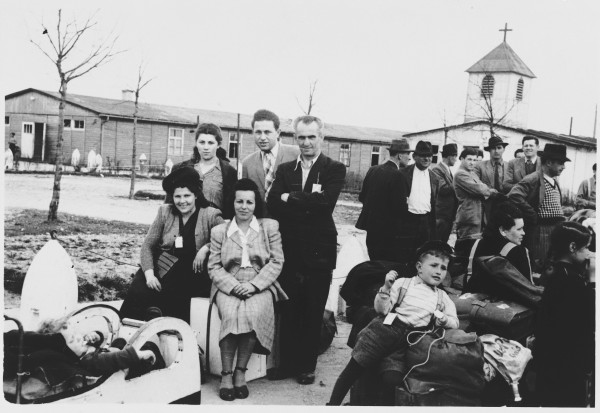
Being resourceful and adaptable, the survivors created mutual benefit organizations. “These unofficial associations provided practical advice about which businesses were hiring, which stories carried the best (and least expensive) produce, and which landlords would accept families with children,” she says.
These landsmanshaftn, she adds, “helped to establish a sense of belonging among those from similar geographic regions, and filled voids of family and community in the survivors’ lives.”
Although Canadian-born Jews were sympathetic to the suffering they had endured, survivors were disappointed by their lack of comprehension concerning the tragedy that had befallen European Jews and by their disinterest in their stories of survival.
As Goldberg observes, social workers attending to their basic needs were generally unenthusiastic about working with ultra-Orthodox Jews from Hassidic sects. They reported feeling “repulsed” by their attire, which frequently evoked “discriminatory attitudes” from Jews and non-Jews alike.
Given their traumas, some survivors distanced or detached themselves from the Jewish community. “A smaller cohort of survivors made the conscious decision to isolate themselves from Judaism and Jewish life entirely,” she notes. “A smaller percentage formally converted or adopted another religious identity.” Dutch and Hungarian male survivors constituted a significant proportion of this class.
Survivors migrating to Canada in the 1950s arrived via Israel, DP camps in Germany or temporary havens such as Shanghai, China.
The survivors who left Israel could neither tolerate its climate nor its economic hardships. And they found Hebrew a difficult language to learn. Still others, particularly non-Zionists, “struggled with the country’s strong nationalist tone.”
One of the first pair of survivors who reached Canada in the decade after 1950 were Dr. Henry Morgentaler, who would become a prominent advocate for abortion rights, and his wife, Chava Rosenfarb, an illustrious Yiddish writer. Melech Ravitch, a Montreal-based Yiddish poet and publisher, sponsored their immigration.
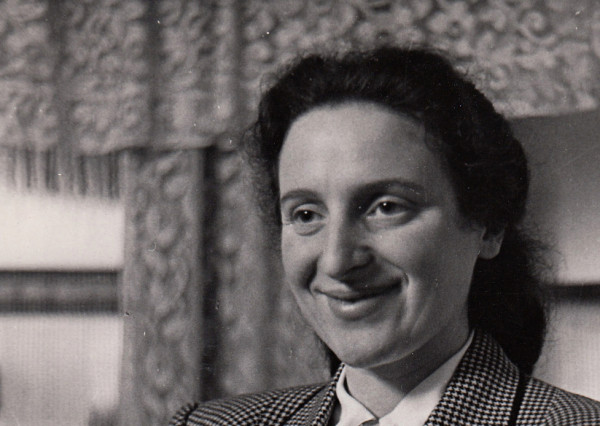
The last batch of survivors to reach Canada were Hungarian Jews, fleeing the failed revolution of 1956. Of the 39,000 Hungarian refugees entering Canada, 7,000 identified themselves as Jews.
Goldberg claims that Canada’s decision to fling open the doors to survivors led to the relaxation of its immigration regulations. The Syrian refugees streaming into Canada today can thank them for Canada’s humane immigration policy.
